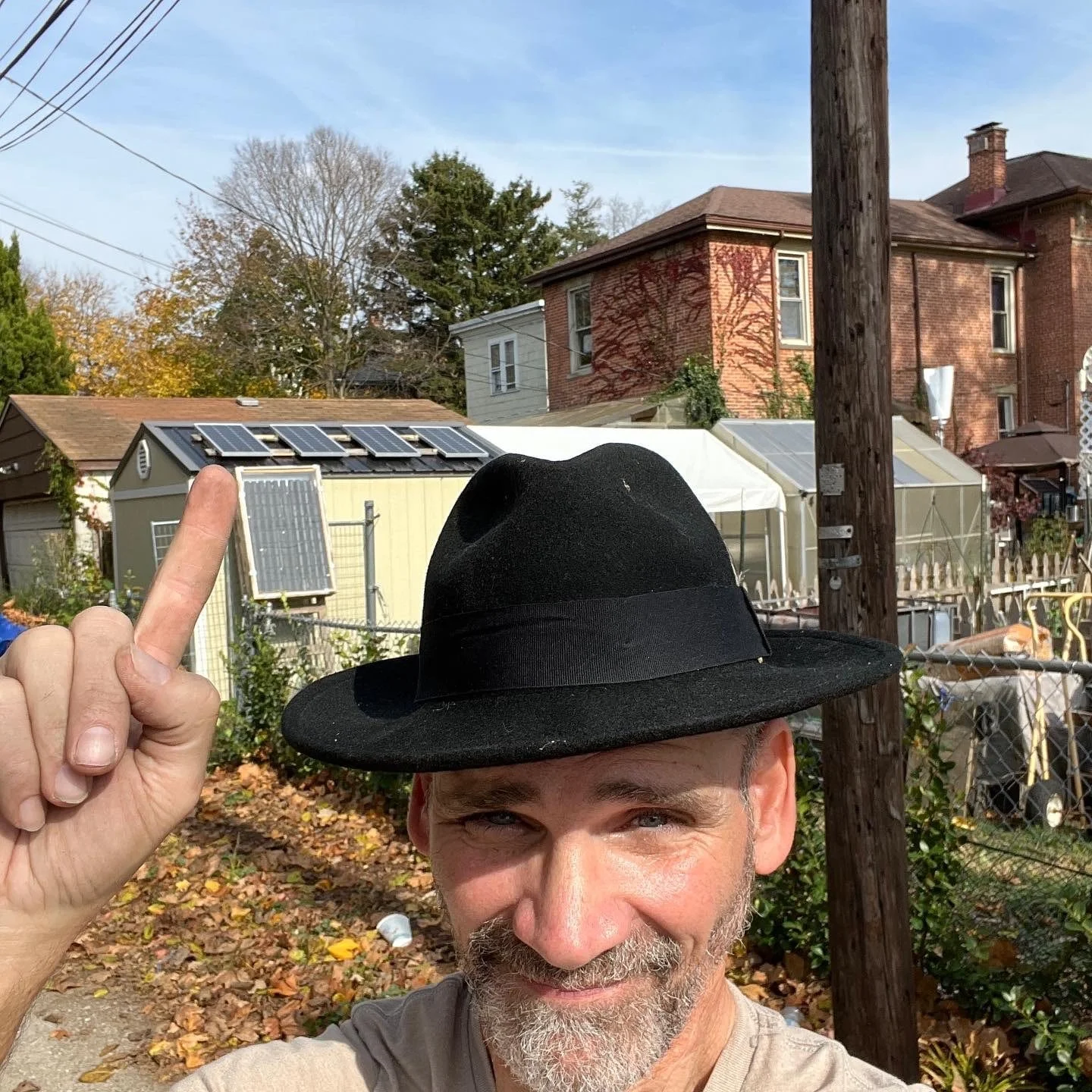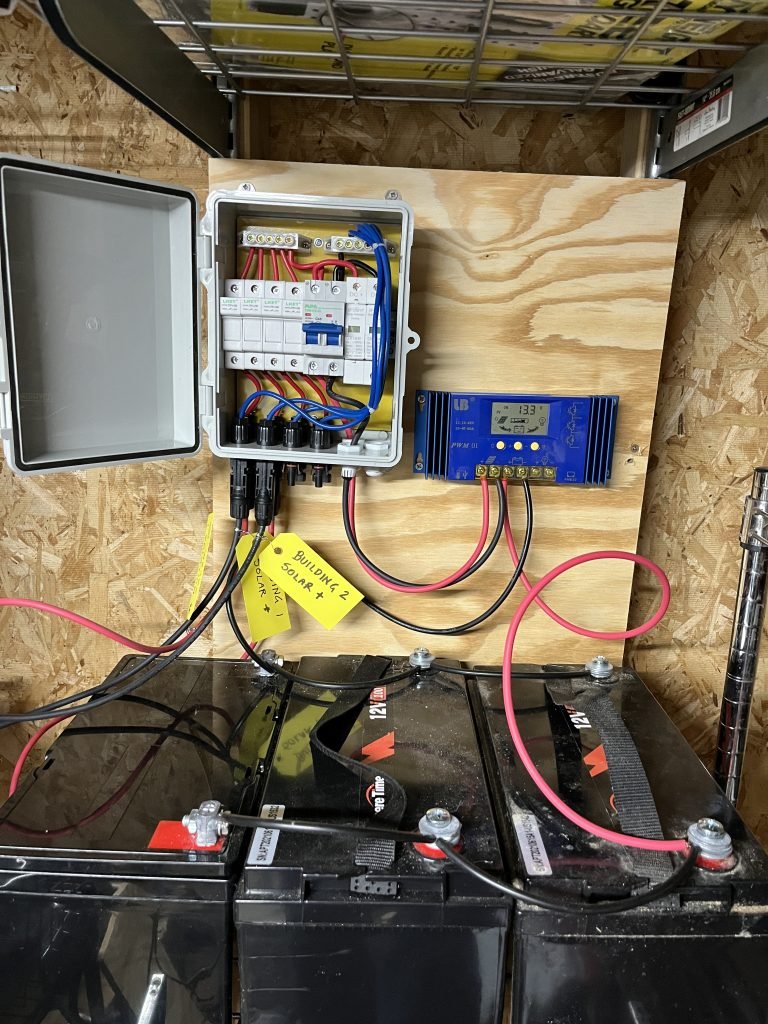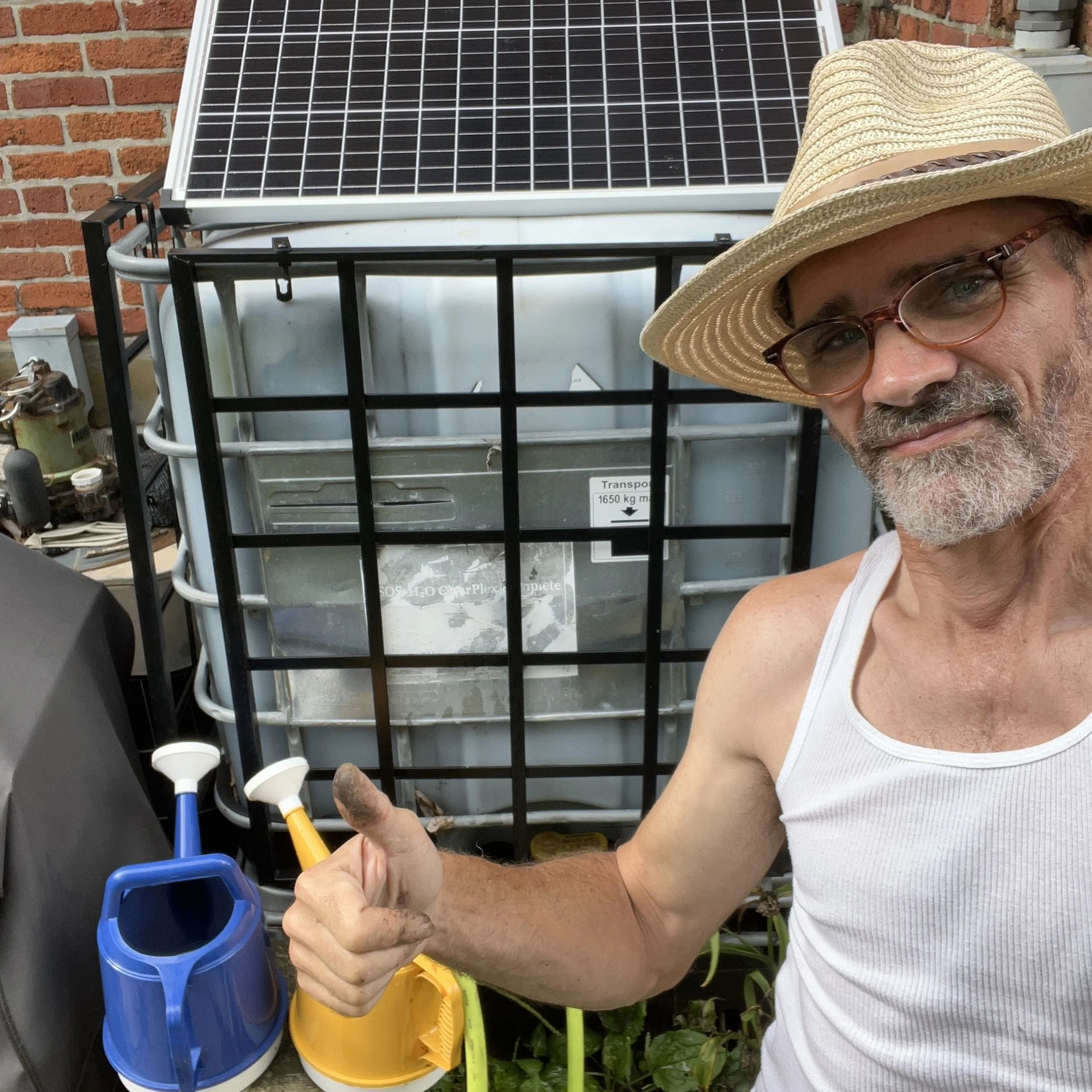Energy and Sustainability
Energy and Sustainability
Chemical Energy
The new solar array and the solar heater set for the coming winter.
Power transfer from Solar and Wind Turbines
The Basic Schematic of a Bioreactor
Heat Capture Strategy in winter
Mezzacello initial sensor data
Mezzacello initial sensor data
More efficient wind turbines
Water Conservation Systems
Rain water and solar-powered pumps
Creating simple motors
Portable 12V 300W 15A Power Cubes
Energy and Sustainability is a must on an urban farm in a downtown metropolis. It is NOT sustainable to rely on a city grid for power. Power outages and usage fees would put that at risk quite quickly.
Clean and safe energy is UN Sustainable Development Goals number 7. It goes right in hand with access to water. We need access to energy to begin improving the world from the local to the global level.
But there is a cost to creating energy from nothing. Like a pump, it requires initial work to get the flow started. Once it is running it quickly pays for itself, especially in colder climates.
The Basics
Clean affordable energy starts with solar arrays. These capture energy from the sun and release no pollutants, but they do require a LOT of extra pieces and parts to make them work. So be prepared!
The solar arrays are going to need a charge controller to protect your solar panels and your batteries. The batteries are next most expensive component of a sustainable energy system. Any 12 volt or higher battery will do, but the best are Lithium or Lithium Iron (LiFe) batteries.
The solar arrays and the batteries are going to need wiring - LOTS of wiring. You have to connect the arrays together, then you have to connect the arrays to the charge controller, and from the charge controller to the batteries. It's more wire than you think you'll need!
Understanding Wires
Most wires we will find in the world today will be copper or aluminum. To remain sustainable in terms of producing energy, you must understand heat, electricity and wire thicknesses. If a wire is transmitting too much energy, it will get hot and catch fire.
Burning your system down is the opposite of sustainability. Thus you need to understand how much voltage and amperage (also known as load) a wire can take before it melts due to heat and pressure. The thicker the wire, the bigger the load it can transmit.
Wire gauge chart
A curious thing about wire is called "gauge". That means the diameter of the wire. The curious thing is, the smaller the gauge number, the thicker the wire.
This is a matter of money. More wire is more expensive (and thicker) but the number will be lower. It's crazy, but it is a real issue.
Another real issue is heat. The hotter a wire gets, the more it will be impacted by being thin. The thinner wire melts faster at higher amperage.
Other Forms Of Energy
Solar and batteries are great! But that isn't the only form of energy that is available to use. Just remember, rotation of movement in general almost always produces energy.
This means that any wheel that turns with copper wire and magnets will produce energy. So think about what a wheel is; something that turns. This opens up an entire line of sustainable options!
More efficient wind turbines
Bicycle wheels can produce power to store in batteries. A wind turbine spinning in the wind can produce power to store in batteries. A rain gutter can pour water over a spinning wheel and turn an axle that turns a motor to produce power to - you guessed it, store in batteries.












